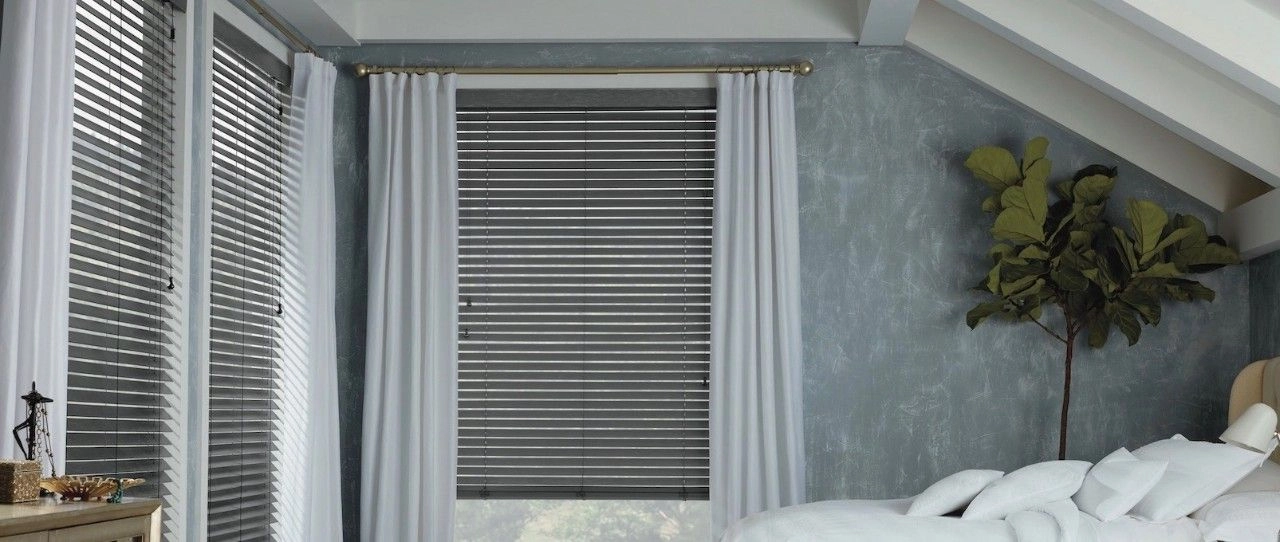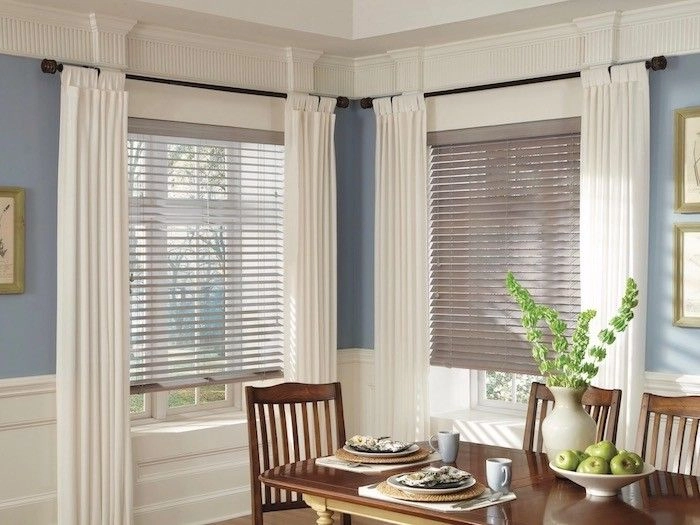Drapery Hardware


ADD SUBTLE ACCENTS AT THE WINDOW
Window Treats Inc has a wide selection of drapery hardware for sale, from basic styles to sophisticated materials and colors.
We can help you complete your room's look with stylish curtain rods and rings, hold-backs, and brackets.
